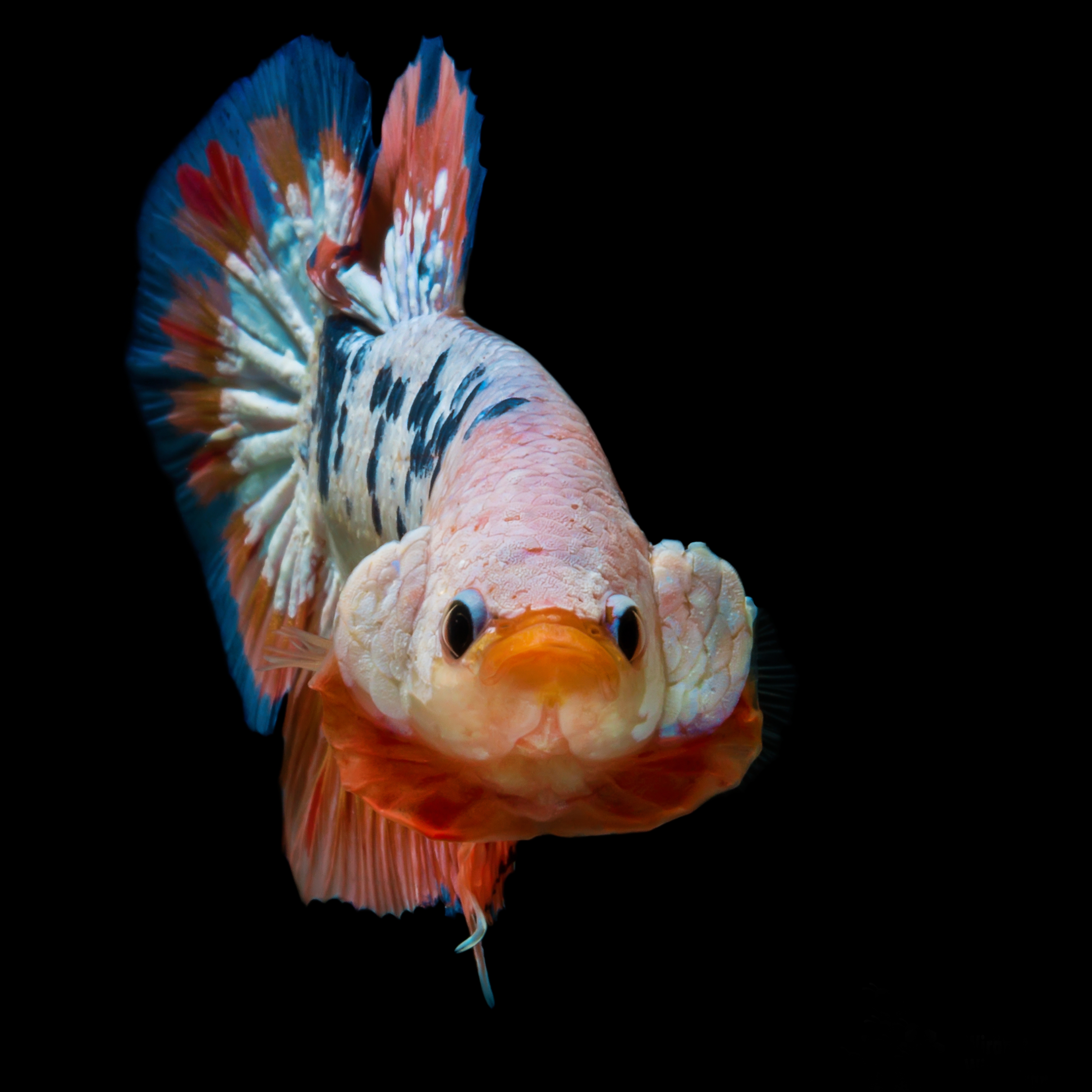Taking turns to communicate isn’t just a thing that humans do in polite conversation – plenty of other animals also avoid overlapping each other. But not every animal “talks” – so how do those that still appear to take turns know when to do so? A new study examining the aggressive back and forth of Siamese fighting fish holds some potential answers about the role of visual cues.
The study, which is a preprint and so is yet to be peer-reviewed, analyzed the very beginning of aggressive encounters between Siamese fighting fish (Betta splendens), commonly called bettas. Known as the display phase, the fish take turns flaring their gills – it’s like a dance where one tries to intimidate the other, causing someone to either scarper or start a fight.

A grumpy, gill-flaring betta.
Image credit: I Putu Krisna Wiranata/Shutterstock.com
To figure out which elements of this display might give cues for turn-taking, the researchers observed bettas exposed to either other real bettas, or natural-looking animations set up on a screen next to the tank, developed using photographs and motion tracking of a real male betta.
Though analysis revealed that sometimes the riled-up bettas don’t always wait for their turn to flare – not entirely dissimilar to humans when they start talking over each other in an argument – they usually do and the cues to do so involve speed and orientation.
The team found that the betta preferred to flare at an animated fish when the virtual recreation was close to the water’s surface and turned broadside, suggesting orientation acts as a cue. It could also be assumed that one fish would need to see the other fish flare in order to know to wait for its turn, but surprisingly, this seems not to matter.
“We found that the virtual (stimulus) fish does not need to flare for the real opponent to wait for its turn. Instead, changes in orientation and speed are sufficient,” wrote one of the study’s authors, Andres Bendesky, on X.
That’s not to say gill flaring isn’t important to the conversation as a whole, though; the study instead proposes that it helps to keep the fish engaged in the aggressive communication for longer. The researchers also identified the part of a betta’s brain that appears to play a role in this engagement, a region called the dorsomedial telencephalon that’s homologous to our own amygdala.
There are a multitude of other animals that also show turn-taking behavior. A 2018 review covered a wide range of them, including insects that alternate vibrations – cicadas being one – and bioluminescence, to great apes that use sound and gesture.
Scientists hope that such research into turn-taking might help in understanding how communication evolved – even when it comes to human language.
The preprint is posted to bioRxiv.
Source Link: How Do Animals Know When It’s Their Turn To Communicate?